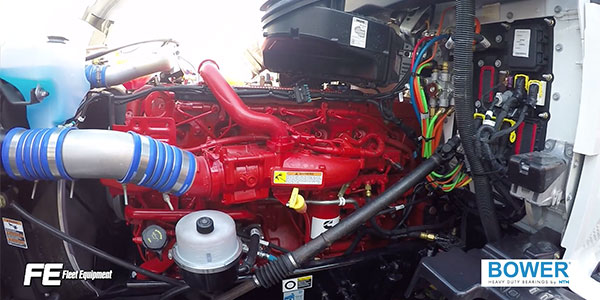Let’s talk truck paints and finishes
Corrosion resistant coatings fight the elements—such as road salt, dust and dirt—that can negatively affect vehicle structural integrity, especially the undercarriage, that lead to expensive repairs and costly downtime. The climates you trucks operate in play a big role in your coating selection. If your trucks experience harsh winters, you’re going to want protection from
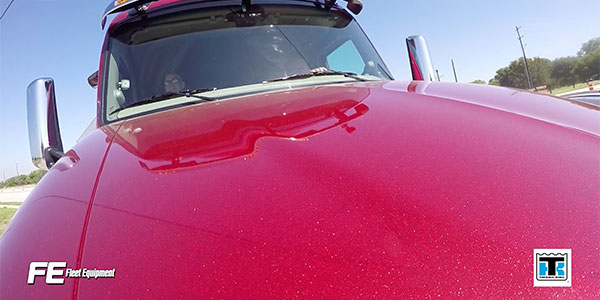
Let’s talk heavy-duty truck brake friction
While Air Disc Brake market penetration has pushed into the tractor and trailer segments at approximately 20% (Give or take 5% either way depending on who you talk with), the majority of trucks on the road still use drum brakes. The first major difference between disc and drum brake friction is heat. Disc brakes operate,
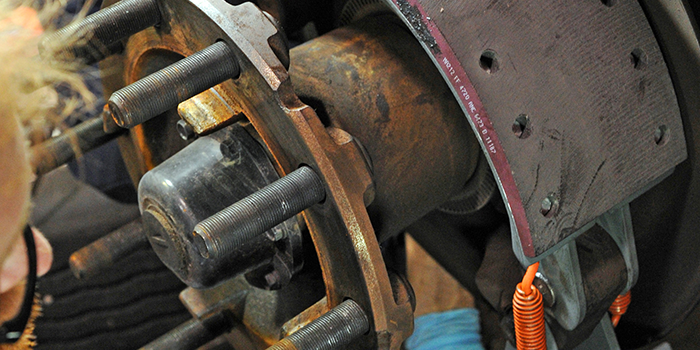
Update from the road: Hands on with the Detroit DD8 engine, Peterbilt Model 579 UltraLoft
After a slow January, travel picked up for the FE team in February with two major events: the first was a test drive of Detroit’s new DD8, 7.7-liter engine in sunny Palm Beach Florida. The DD8 offers the following power ratings: The DD8 single turbo offering boasts engine ratings of: • 260 HP, 660 ft./lb.
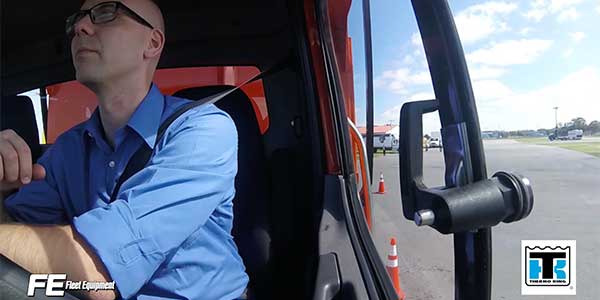
Let’s talk downspeeding: how it works
Any on-highway truck you spec today will likely employ downspeeding to some degree. Engine downspeeding is enabled through faster axle ratios that allow the engine to maintain a lower RPM—thus saving fuel—while still providing the necessary power to the axle. Axle ratio is written as a ratio, such as 2.16:1. But what does 2.16:1 mean?
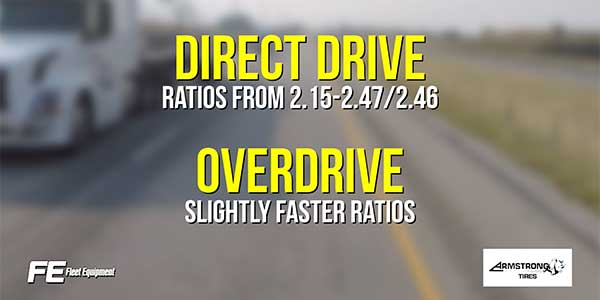
Let’s talk medium-duty truck tire spec’ing
Medium-duty applications can vary wildly—from pick up and delivery to construction and refuse tasks. The two most important variables to consider are the specific application of the vehicle and weight considerations. Beyond that, gross vehicle weight rating and ride-height requirement, along with durability, traction and climate considerations should all be taken into account. Click here
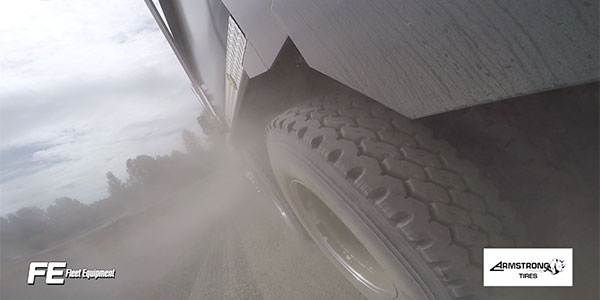
Watch: Let’s talk trailer telematics
In addition to the location tracking capabilities that immediately spring to mind when thinking of trailer telematics, today’s offerings take advantage of the latest technology to provide deeper trailer analytics. To make informed trailer management decisions you need as much information in as near as real-time as you can get–everything from cargo status, door status

Watch: Let’s talk drivers, equipment and the driver shortage
Let’s talk equipment and drivers. American Transportation Research Institute pointed to the driver shortage as the industry’s top concern. As the many of the Class 8 OEMs rolled out their new trucks over the past two years, driver comfort and productivity was a top focus. New cabs, new creature comforts and new uptime solutions
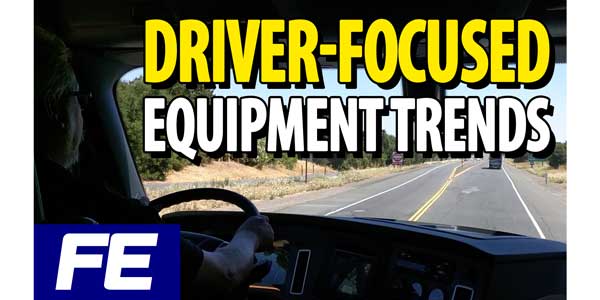
Let’s talk truck electrical connection maintenance
All tractor-trailer electrical connections need to be secure and properly maintained. Typically, the seven-way electrical assembly is disconnected 99% less on the tractor side than on the trailer side. This means the connection is cleaned only 1% of its life on the tractor, causing it to corrode faster. The most common warranty claim for a
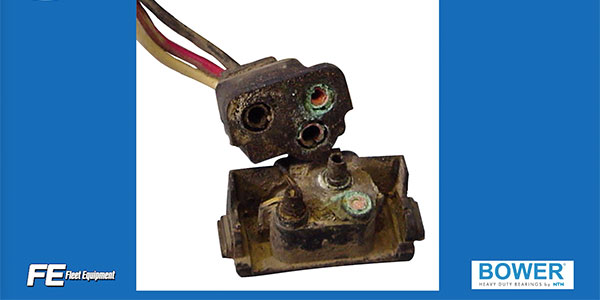
Let’s talk diesel engine coolant contaminates
Even with the proliferation of extended life coolants, it’s not a fill-it-and-forget-it process. The chemistry of today’s extended life coolants is complex, and it’s important that you are maintaining the proper mix to ensure that you’re making the most of the “extended life” and not cutting its coolant lifespan short. Let’s say that you’re running
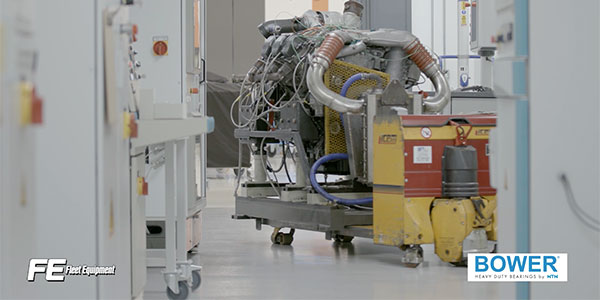
Let’s talk heavy-duty truck diesel engine health and fuel filtration
Tougher emissions regulations have led to engines with high-pressure fuel systems, which require extremely clean diesel fuel and also increase demands on the engine components like fuel filters. Fully synthetic, multilayered media is a big step forward in terms of being able to remove the smallest particles of contamination with high efficiency. For example, consider
